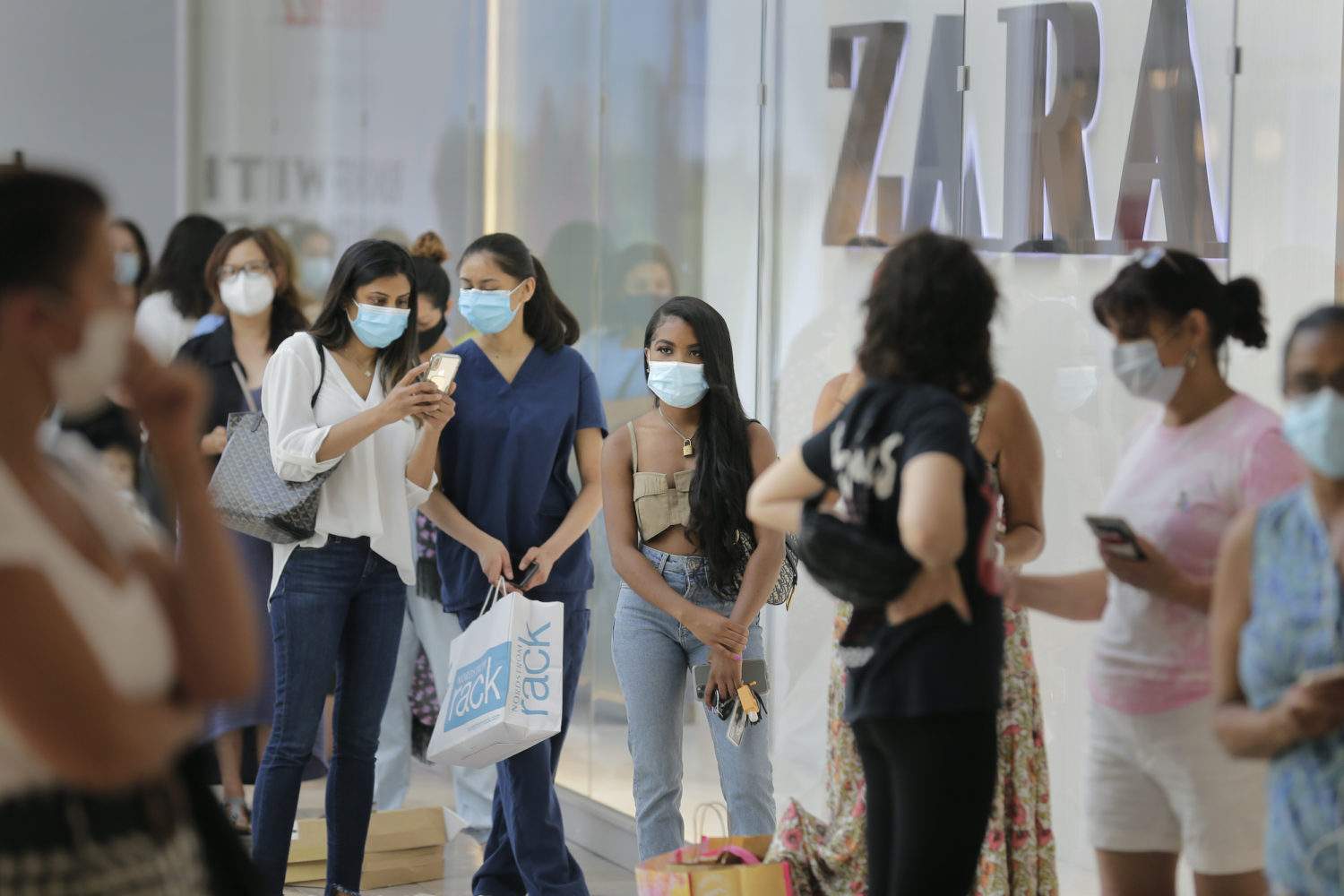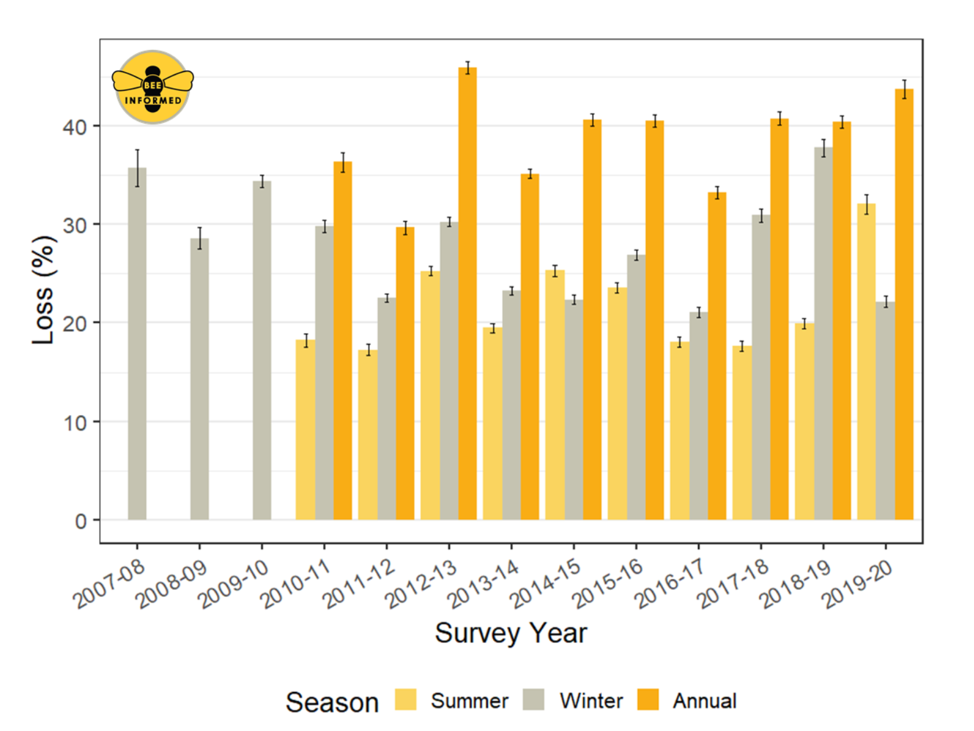 Covering COVID-19 is a daily Poynter briefing of story ideas about the coronavirus and other timely topics for journalists, written by senior faculty Al Tompkins. Sign up here to have it delivered to your inbox every weekday morning.
Covering COVID-19 is a daily Poynter briefing of story ideas about the coronavirus and other timely topics for journalists, written by senior faculty Al Tompkins. Sign up here to have it delivered to your inbox every weekday morning.
Retailers have a lot at stake in whether schools go back to in-class sessions. Total back-to-school spending in the U.S. is expected to amount to $28.1 billion, or $529 per student, according to Deloitte, which would be close to what families spent in 2019. But the big question is what will they buy?
Deloitte’s forecast predicts spending on clothing will drop some this year compared to the last three years. Meanwhile, spending on electronics might almost double what we spent in 2017.
It makes sense that laptop sales might increase if students are going to be working online. It also makes sense that clothing sales might not be as hot as usual if students expect to stay home more. The Deloitte forecast notably includes “a 28% increase in technology spending for K-12 students, now an $8.6 billion market.”
Deeper into the survey, you will find these nuggets:
More than half (51%) of parents plan to increase their spend on virtual learning tools. In fact, 40% of parents plan to subscribe their children to a supplementary e-learning platform.
Parents also plan to allocate budget for personal health products, spending an average of $46 per student on supplies like sanitizer and wipes.
Children have an even greater influence over purchasing decisions with 69% exerting a moderate-to-high influence over computer and hardware purchases this year, up from 54% last year.
One in five renters could face evictions by Sept. 30
Somewhere around 20 million Americans are at risk of being evicted from their homes by the end of September. 20 MILLION. When I first saw that figure a month ago, I had my doubts, but new data this week added some foundation for it.
The Aspen Institute points to the COVID-19 Eviction Defense Project, a coalition of economic researchers and legal experts “who developed a model to estimate eviction risk nationally and at the state level. The disturbing result: 19 to 23 million, or one in five of the 110 million Americans who live in renter households, are at risk of eviction by Sept. 30, 2020.”
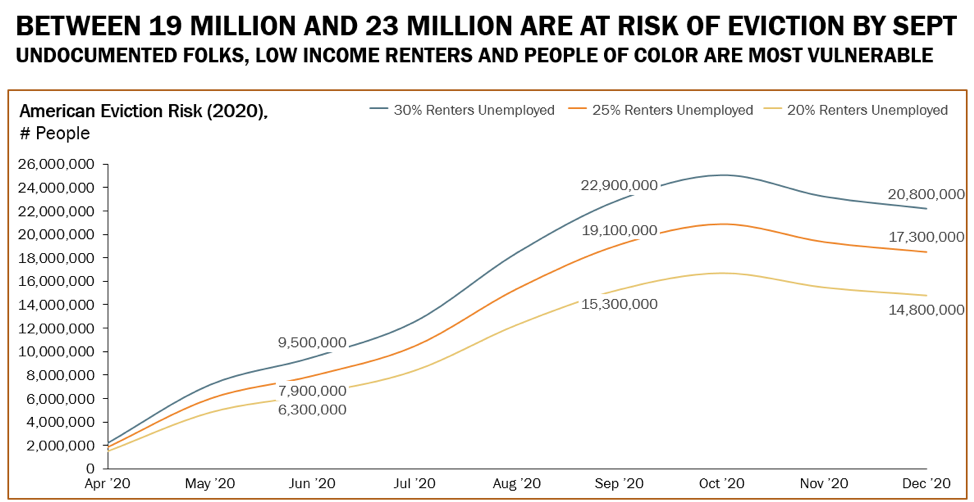
(Data and graphic from The COVID-19 Eviction Defense Project. Estimates come from a model that incorporated data on renter households’ income, savings and housing cost burdens. The “cost burden” is the percentage of a household’s income that goes toward rent/mortgage.)
The CEDP provided some data to make this story local.
The pain of eviction is not evenly distributed. Data indicate that both geography and discrimination play significant roles. Tenants’ rights and eviction laws vary widely. Some areas of the country are eviction hotspots. Of the 25 large U.S. cities with the highest eviction rates, six are located in Virginia and five in North Carolina. Racial discrimination is evident, as Black and Latinx people, particularly mothers and their kids, are the most likely to experience eviction. Other groups who suffer from high rates of eviction include people who are disabled, were formerly incarcerated, are undocumented, and/or are LGBTQ.
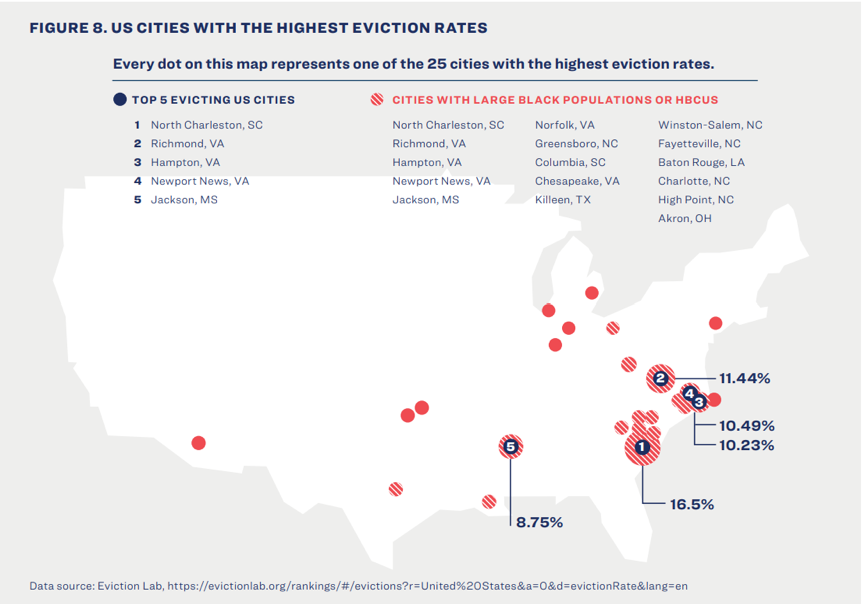
(Data and graphic from Eviction Lab)
Marry all of that with the Census Bureau’s new “pulse survey,” just out, that finds a fourth of Americans are “housing insecure.” Some data from that:
- 12% of Americans said they had “no confidence” that they could “make next month’s rent.”
- Another 19% said they had “slight confidence” that they would be able to pay next month’s rent.
- 37% said they had “high confidence” that they would pay next month’s rent on time.
- 41% of Hispanic respondents to the survey said they had no confidence or slight confidence they would pay next month’s rent on time.
Get local: You can see state-by-state data here. The data was captured June 25 to 30. A hint: Look at the bottom of the chart to see the state tabs. They are easy to miss. You will have to calculate the percentages yourself. Just take the number in the column you are interested in and divide it by the total number for that line. For example, out of Florida’s 5,324,915 rentals, 657,801 households said they had no confidence that they could pay next month’s rent. So, 657,801 / 5,324,915 = 12%.
How local journalists are supplying microlocal COVID-19 data
My Poynter colleague Kristen Hare collected “how they did it” stories from some local newsrooms that built COVID-19 trackers. The work you journalists are doing is not only important, but reading this, it is also inspiring.
In a pandemic, Americans say spending an evening with family is their favorite
Gallup’s newest polling shows we are mellowing. Our “favorite way to spend an evening” these days is to be home with family, watching television or a movie. In fact, this newest survey shows that watching TV with family is about as popular as it was in 1963.
However, only 6% of Americans said “reading” was their favorite way to spend an evening, which is the lowest that response has been in the 60 years that Gallup has asked the question. Ouch.
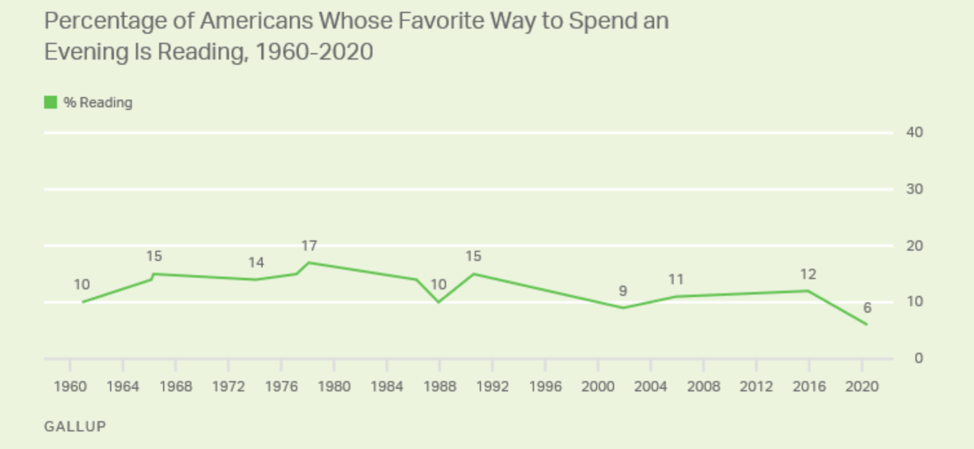
(Data and graphic from Gallup)
Workplaces to track your health records?
Erica Pandey at Axios rocked my world with this article about how workplaces may be planning to gather information about employees when they come back to the office.
“We’re in this new era of biodata collection,” says Amy Webb of the Future Today Institute.
A majority of employers, 51%, have begun or are planning to begin collecting temperature data on employees, according to survey data from Gartner provided to Axios.
60% are collecting self-reported data from employees on symptoms, and another 25% are asking employees to report who they’ve been in contact with. And 5% of firms say they’re going as far as collecting workers’ medical histories.
“It is all a form of surveillance,” says Brian Kropp, head of Gartner’s human resources practice.
“I think most of it doesn’t have nefarious intent,” Webb says. “But that being said, we don’t have clarity on how these data might be accessed by an insurer, for example. There isn’t enough regulation or transparency around where data are being stored.”
And then there is the creepy trend of companies tracking your computer use to be sure you are really working. NPR told the story of a person who had to work remotely:
Her employer has started using software called Time Doctor. It downloads videos of employees’ screens while they work. It also can enable a computer’s webcam to take a picture of the employee every 10 minutes.
“If you’re idle for a few minutes, if you go to the bathroom or whatever, a pop-up will come up and it’ll say, ‘You have 60 seconds to start working again or we’re going to pause your time,’” the woman said.
That meant stepping away from her computer briefly could cut into her pay.
“I just feel like crap. I feel like I’m not trusted. I feel ashamed of myself,” she said, referring to a short break she took to speak with a colleague by phone. “My co-workers were really, really upset. But everyone was too afraid to say anything.”
Two of the tech companies selling tracking software said business has tripled since the pandemic began. Sadly, the NPR story adds:
It may feel intrusive, but it is not illegal, said Paul Stephens, director of policy and advocacy with Privacy Rights Clearinghouse, a consumer advocacy nonprofit.
While the Fourth Amendment protects against unreasonable searches and seizures by the government, employers are not running afoul of any federal laws by tracking what their workers are doing all day through surveillance software, he said.
The not-so-awful news of the week
Deep in the stacks of news of the week is some stuff that might give you hope.
Bees are making a comeback. The Bee Informed annual national survey broke the news.
The winter loss of bee colonies last winter was less than usual, which may not sound like great news, but it kind of is. Bee colonies have been in big trouble for years. In fact, last summer’s loss was one of the biggest on record.
A bunch of universities from Alabama, Maryland, Michigan, Texas, Oregon and Tennessee take part in the survey and would be able to help you report this story locally. See the names at the top of the study.
The Associated Press reported this oddity:
“Beekeepers in the U.S. also may be taking more of their colonies indoors in the winter, helping them survive, said University of Georgia entomologist Keith Delaplane. New U.S. Department of Agriculture research suggests putting bees in “cold storage” helps them survive the winter.”
In more good news, more Americans are wearing masks than it may appear.
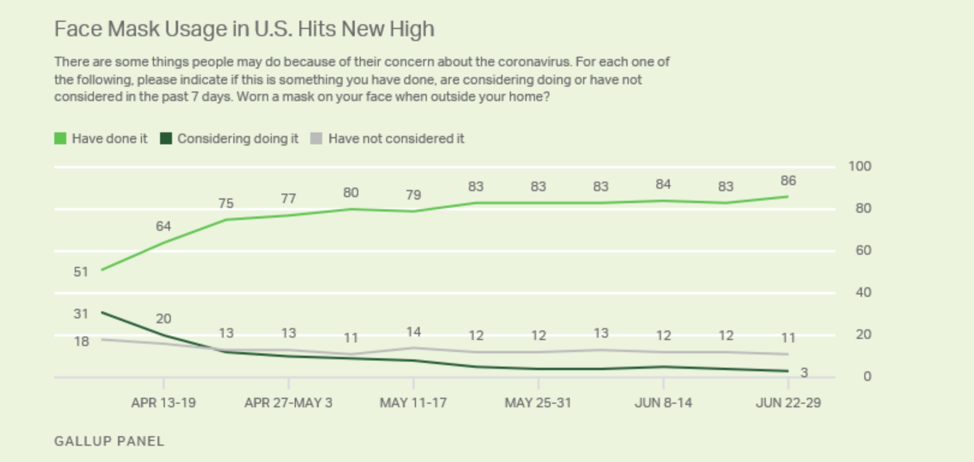
(Data and graphic from Gallup)
More than 8 out of 10 Americans wore a mask last week. Gallup polling found 86% said they wore a mask, which raises the question about whether the images we show of angry boneheads at Costco provide an accurate portrayal of mask compliance. Most people are not deranged.
We’ll be back tomorrow with a new edition of Covering COVID-19. Sign up here to get it delivered right to your inbox.
Al Tompkins is senior faculty at Poynter. He can be reached at atompkins@poynter.org or on Twitter, @atompkins.

